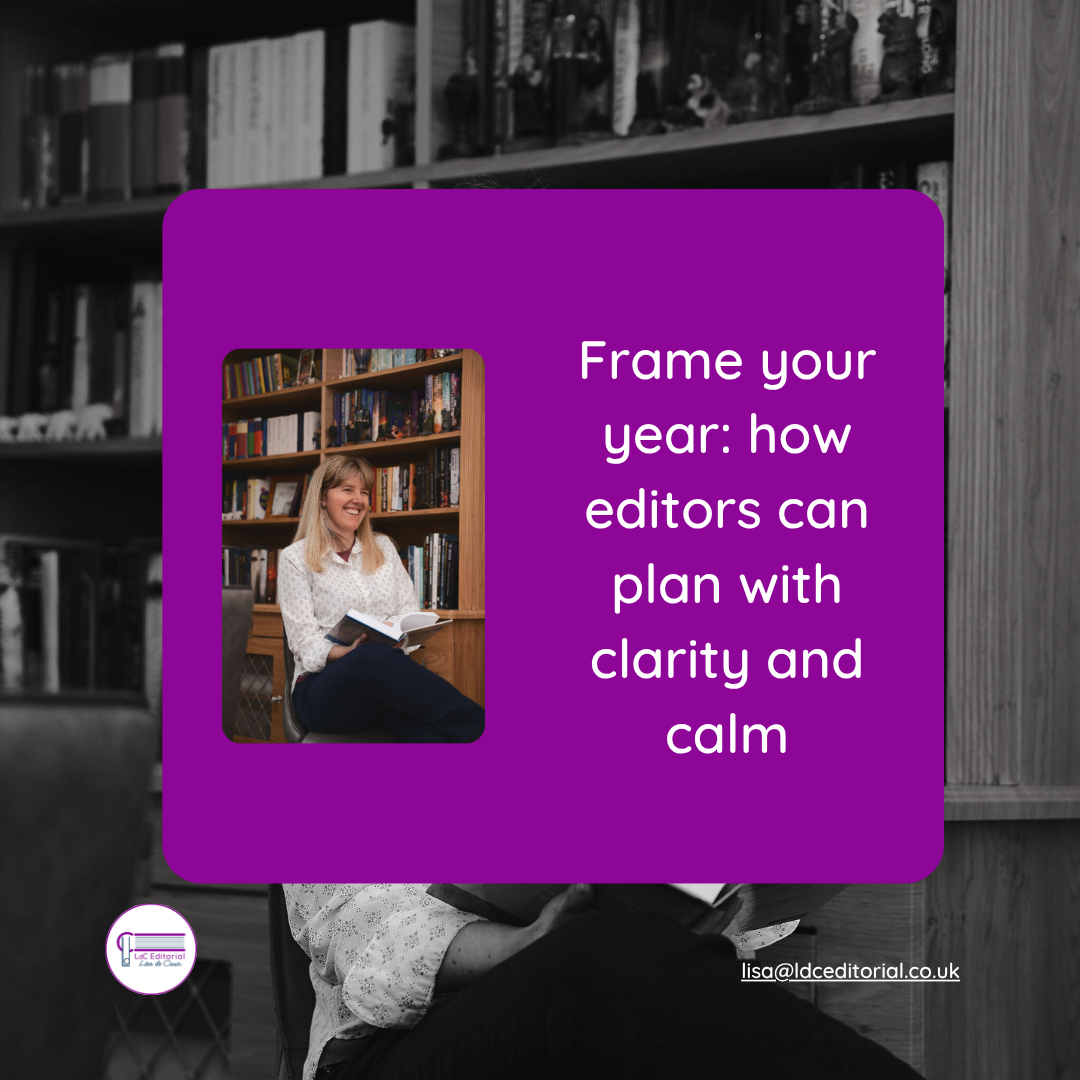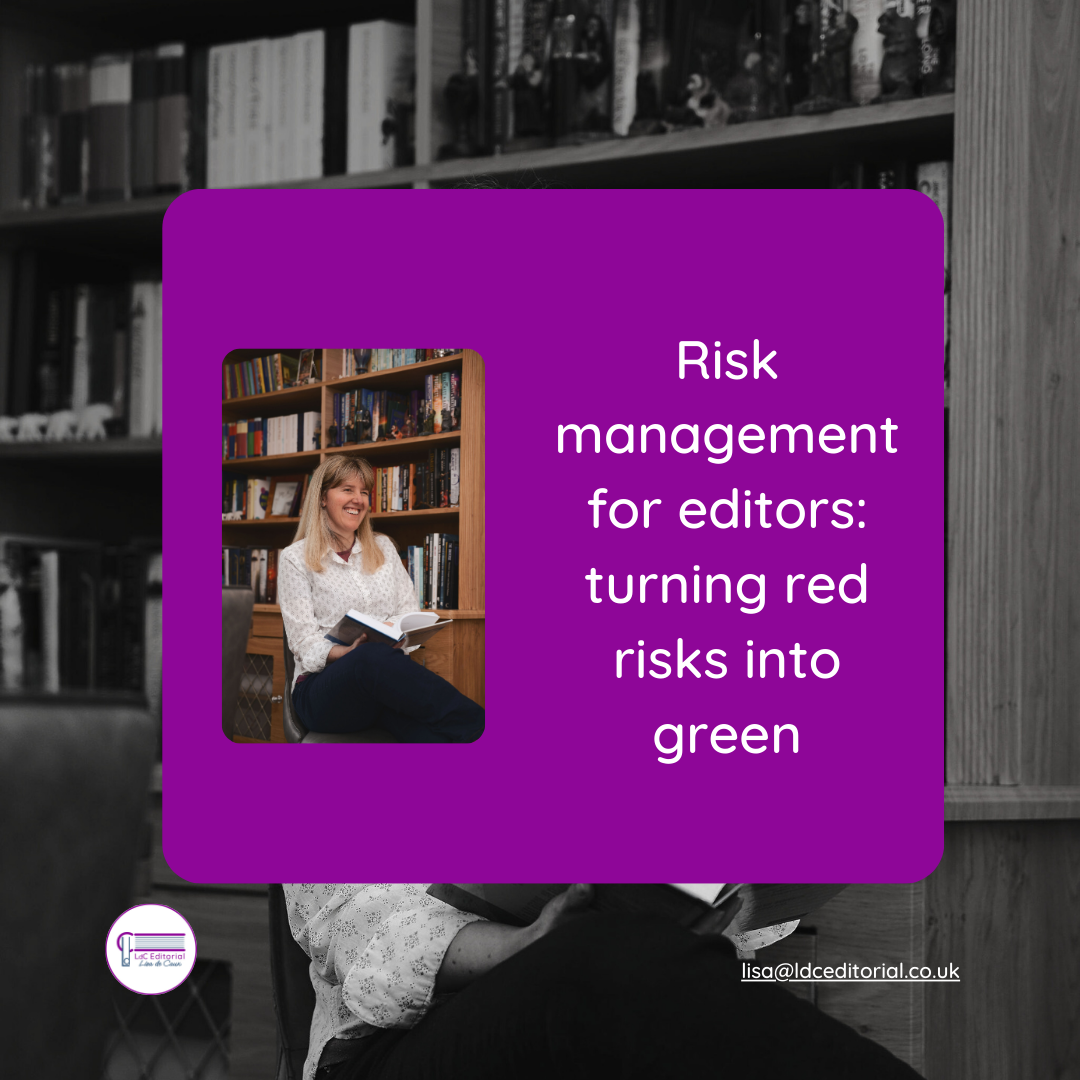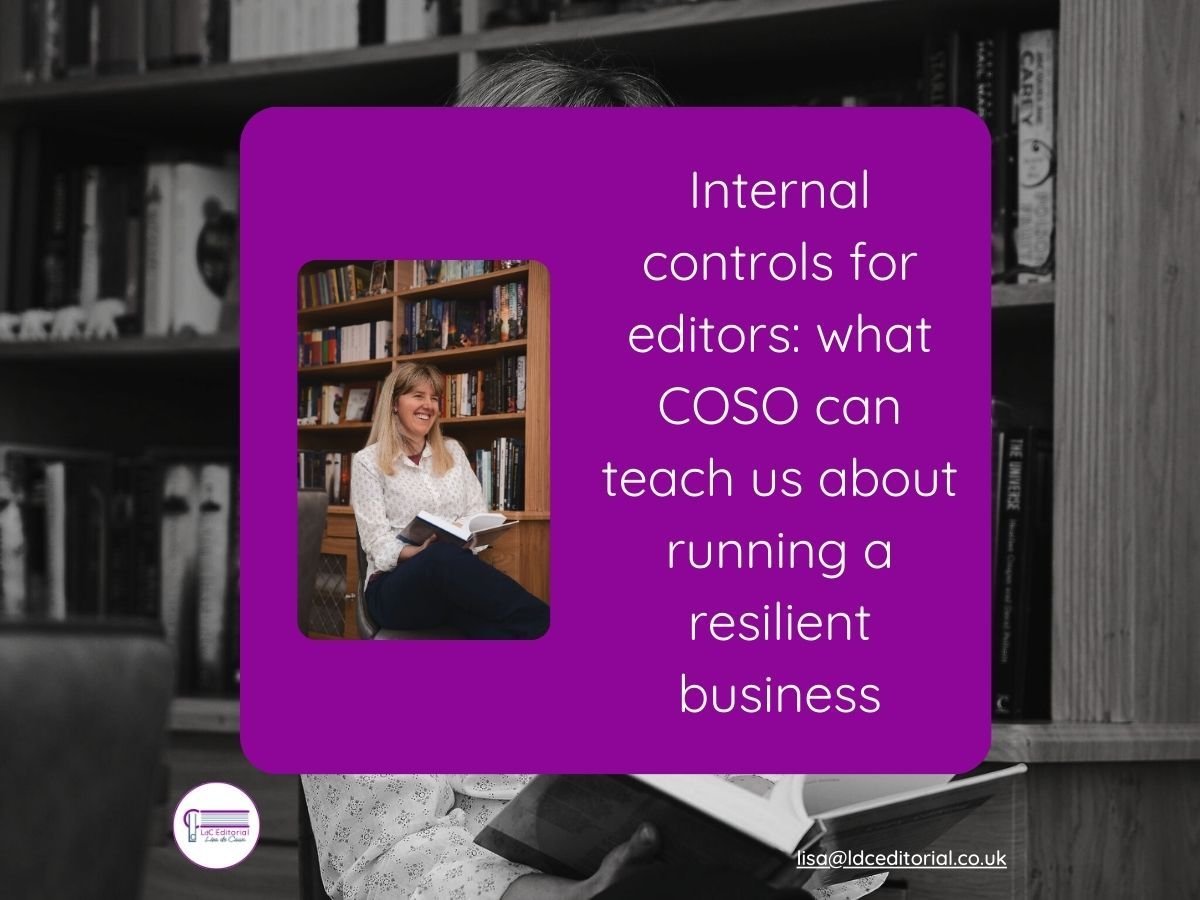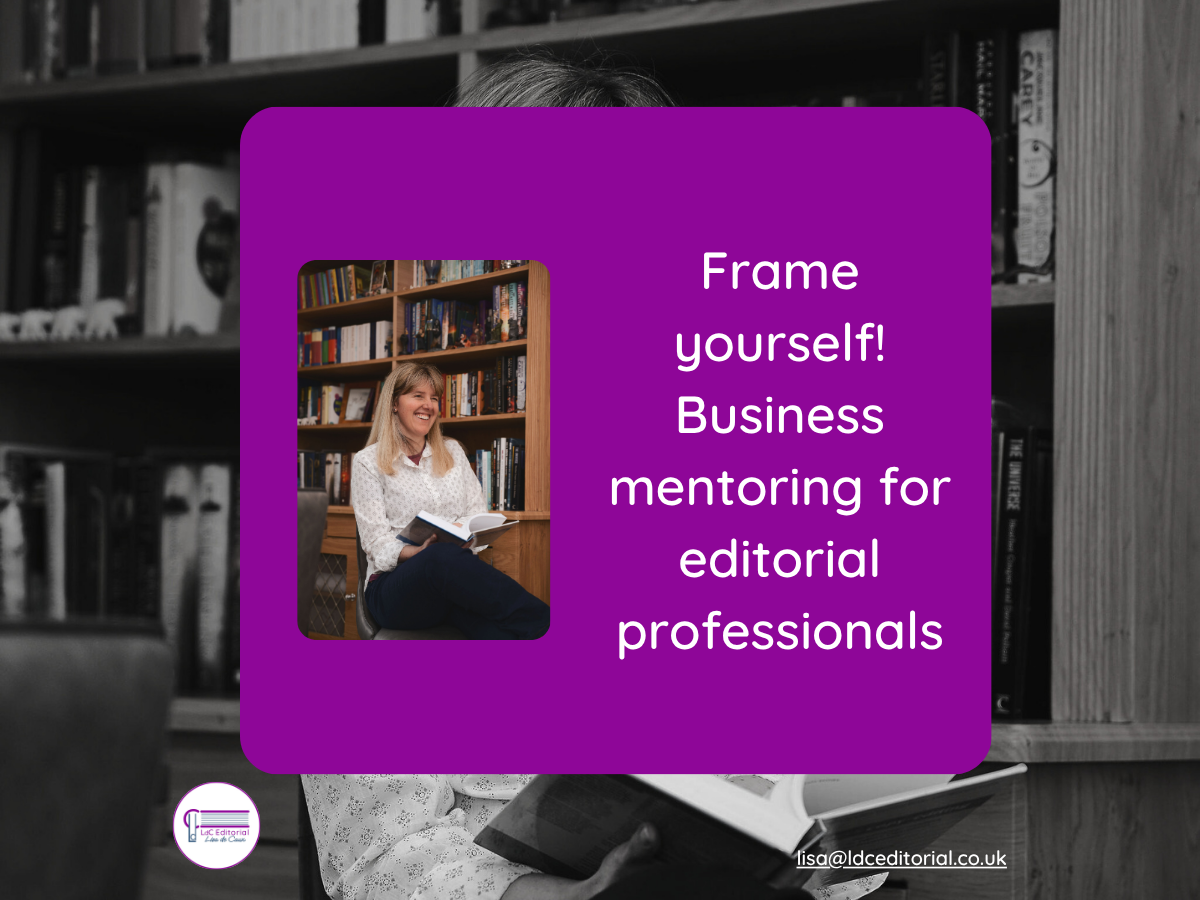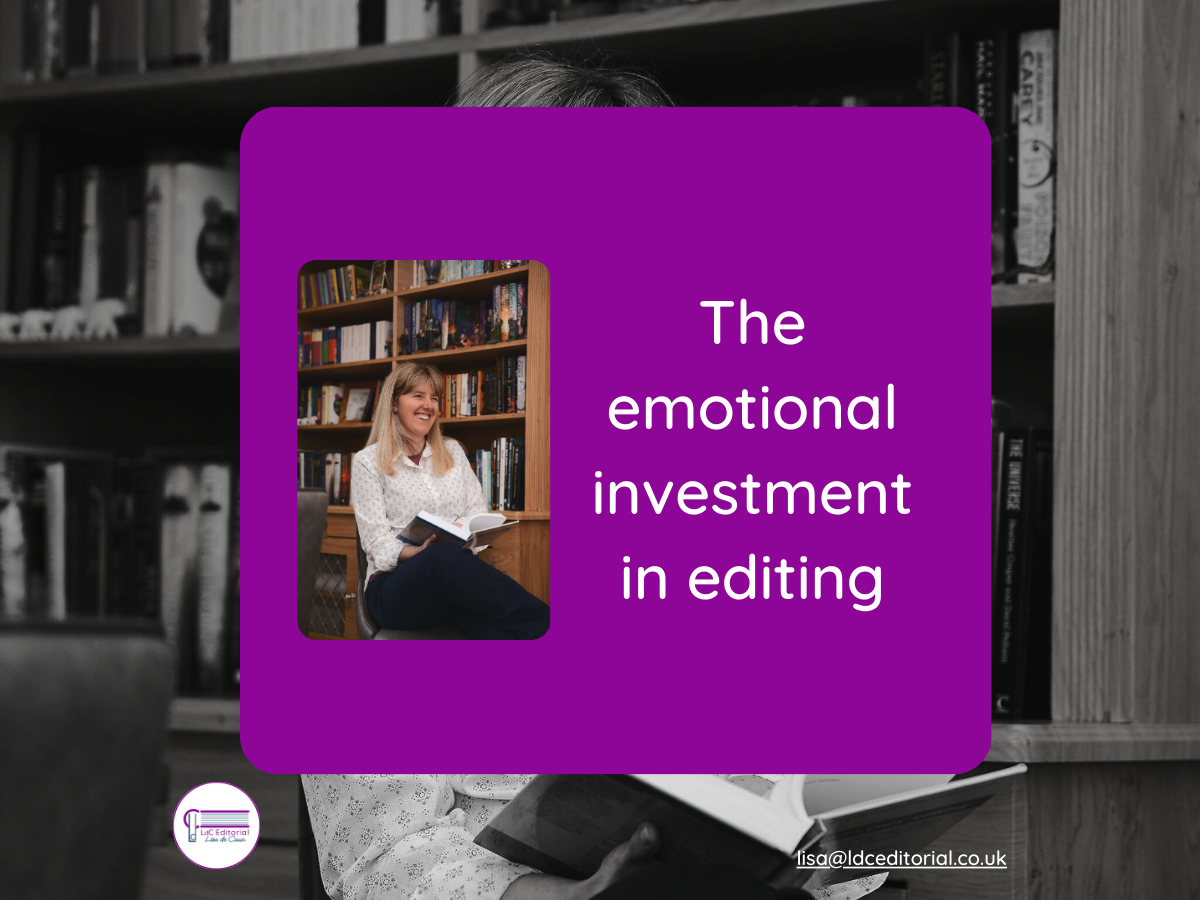Proofreading – the pilot year
Lisa De Caux • 25 November 2019
Committing to proofreading and becoming a business owner was only the start of the story. After the lightbulb moments and the business planning in 2016, I felt as though I had laid the foundations and I was ready to get started.
I look back at 2017 as my pilot year: the feasibility study to see if I could make my proofreading business a success.
My mission was to build a sustainable business – I needed to find work!
Two underlying goals
I had two underlying goals that would help me with my mission.
The first was to complete my Publishing Training Centre
(PTC) course, and gain a thorough, professional grounding. I wanted to be sure that I had the appropriate skills. I knew from my research that this was not going to be a quick course – it was likely to take a few months.
The second goal was to upgrade my Chartered Institute of Editing and Proofreading (CIEP – then SfEP) membership and become an Intermediate Member. This required training points, which I’d get from completing the PTC course, as well as 100 hours of experience.
The training and the membership upgrade would support my need to offer a professional service and to be confident that I had the relevant skills. These goals supported each other.
I was back to the main question – where would I find my first job? I’d set up my website, and I hoped it would quickly bring results – at that stage I hadn’t learnt much about SEO and how websites work!
I decided to move on to an area I was more familiar with – the nuts and bolts of running a business. I happily set up the spreadsheets for my accounts, and thought about the analytics that I’d use once the business was under way. I built templates for my invoices. I wrote my terms and conditions.
My finance background, and all the governance work I’d done over the years, really helped me there. I asked a couple of friends with legal backgrounds to look at my terms and conditions to see if they seemed sensible.
And I started thinking about the other areas of my business. I had no background in marketing, and I was right out of my comfort zone. I knew it was an area that would require a lot of learning. I was trying to work out where to start.
The pilot year already felt like an emotional rollercoaster – self-doubt and imposter syndrome made regular appearances.
Then I had a breakthrough. When discussing how to find work at a Manchester SfEP local group meeting, someone suggested telling everyone about your new business – you never know where that first job was going to come from.
I took that advice to heart, and my first project came as a result of chatting to another parent at a children’s birthday party that my little girl had gone to.
I wish that I could have bottled that feeling.
It felt so fantastic that my quote had been accepted, I had completed the work, the client had been pleased and I had been paid. I really felt like my business was going to be a success!
I still think of my first piece of work fondly. That first client has become a regular one, and I smile every time I see an email from them in my inbox.
I gained other work, paid and voluntary, in similar ways. On one occasion, chatting to a friend’s brother-in-law at a party resulted in a referral. On another occasion, I was talking to the organiser at a local community event and volunteered to help them out with their newsletter.
Changing my focus
I believe in making plans and research, and also recognising when you need to be flexible enough to adapt those plans.
Halfway through 2017 I realised that it would help the business if I changed my focus. The training course required more concentration than I’d planned for, and I knew I was going to struggle to learn about marketing while committing to the course.
It’s a chicken and egg situation. As you progress through the course, having a little real-life experience helps you to understand and put the learning from the course into practice. And the course helps the service that you are providing in real life.
I pulled back from trying to market myself so that I could concentrate on the course. I continued to build up experience through the contacts I’d made from talking to people. At the back of my mind was that need for 100 hours’ experience for my SfEP upgrade.
Towards the end of the year, an opportunity came up. The coordinator of the Manchester SfEP local group, Graham Hughes, was going to step down – was anyone interested in taking over?
I mulled it over. By that time, I’d nearly finished the course and I was sure that, with patience and effort, I was going to be able to make the business a success.
I didn’t think that I was likely to be the one to take over as I was a ‘newbie’ when it came to proofreading. Though, if I did get the role, I knew I’d be fine as my accountancy years had taught me how to chair a meeting.
I’d given great emphasis to the SfEP since before the start of my business, and it felt like being a local coordinator would really suit me.
After thinking about it for what felt like ages, I decided to volunteer.
As it turned out, there hadn’t been anyone else who was keen, and I did take over the role. I was reassured by Graham that it wouldn’t matter that I was an Entry Level member. He shared all the relevant data and the templates he’d created over the years, and made it straightforward to step into the role.
The fact that I was going to become the local coordinator certainly added to my determination to get that SfEP membership upgrade! In my head, I’d decided that it was important that I was an Intermediate Member by the time I chaired my first meeting. Imposter syndrome was getting to me, and I thought that the upgrade would help me to deal with that as well as meeting one of my underlying goals.
Past the feasibility stage
After spending 2017 proving to myself that the business could be a success, I saw 2018 as the first real year of my business.
In January 2018, I received my PTC certificate – confirmation that I’d passed with merit. I’d had to follow this up as it turned out that my results had been lost in the December post! I’d spent Christmas on pins and needles for no good reason…
In March 2018, I achieved my upgrade to Intermediate Member of the SfEP. It was a huge deal for me as I proudly added my new logo to my website. And it felt like it was just in the nick of time…
In April 2018, I took over as the coordinator of the SfEP Manchester local group.
Some things stick with you: I remember rehearsing how to open my first local meeting all the way there in the car; I remember getting a cup of tea at the bar as I’d read that having something warm to hold helps with nerves; and I remember the other SfEP members being really kind and welcoming me to my new role.
Now, for me, it’s all about moving forward, continuous improvement and working on what I have to offer. There’ll be times of self-doubt and imposter syndrome, but my proofreading business makes me smile – I love what I do.
Thank you to Annie Deakins
for proofreading
this blog for me.

Would you like to know what happens when you send your work to a professional proofreader? In this blog post, I walk you through how I approach proofreading – step by step – to make sure your writing is ready to connect with your readers. If you're thinking about working with me, this will give you a clear idea of my process and what you can expect.









